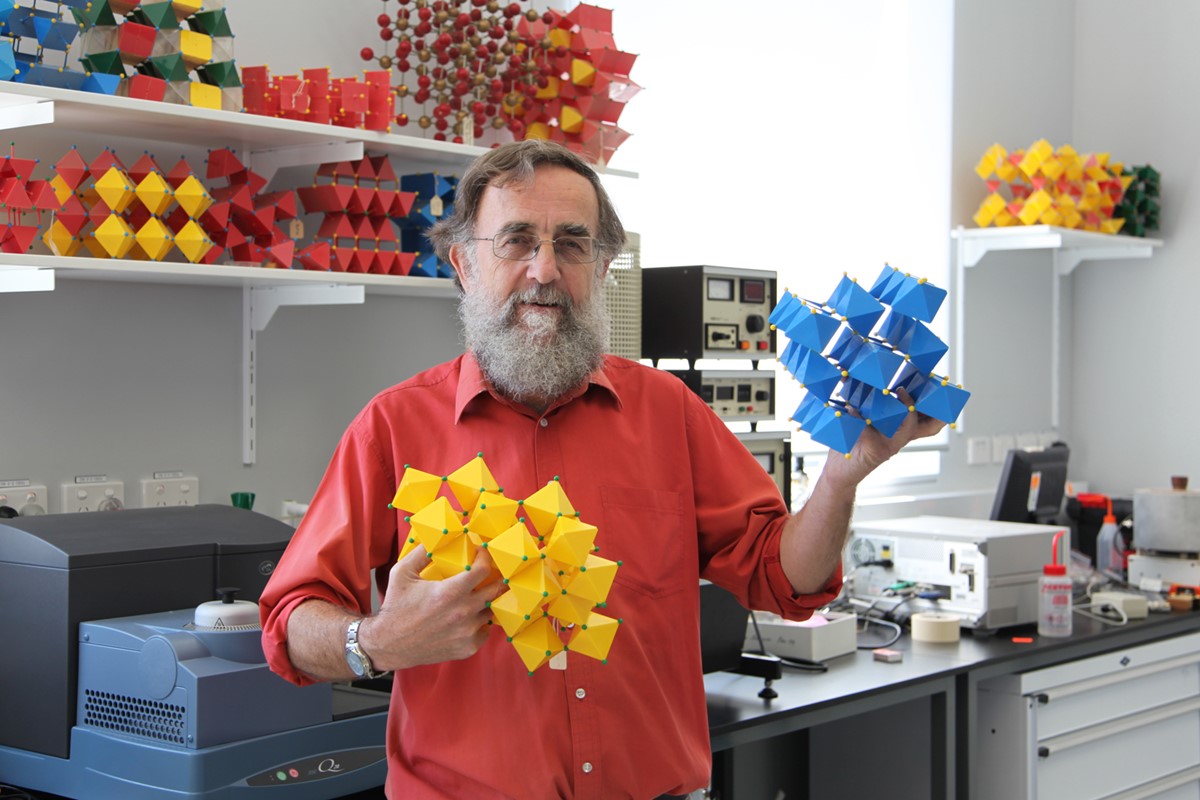Building better materials one atom at a time
Scientists have developed a new way to view tiny movements of light atoms within the building blocks of materials, paving the way for new and better performing technologies.
Published in Nature Materials, the new technique combines synthesis and mathematical modelling from ANU with electron microscopy from Monash University to give scientists a new view of the world at the nano-scale.
The new technique not only has far-reaching implications for the design and characterisation of new materials, from next generation computing to energy systems, but it also provides immediate insights into lithium-ion battery performance.
"The paper reveals the extraordinary power of modern electron microscopy to directly map the fine details of complex crystal structures," said co-author Professor Ray Withers from ANU Research School of Chemistry.
"We witnessed that the entire nano-scale structure arises from a beautiful balance between competing interactions and forces operating over remarkably long range."
By characterising the atomic displacements witnessed using the new method, researchers have the potential to create new materials to be used in high performance computers, ultra-efficient solar cells and environmentally friendly sensors.
This is because tiny changes to the structure of nano-scale materials, such as the lithium-ion conductor investigated, can result in large changes to their performance and electrical properties.
"What is especially significant about this work is that it opens up the possibility of creating, or even directly engineering, completely new types of properties in materials with complex crystal structures," Professor Withers said.

